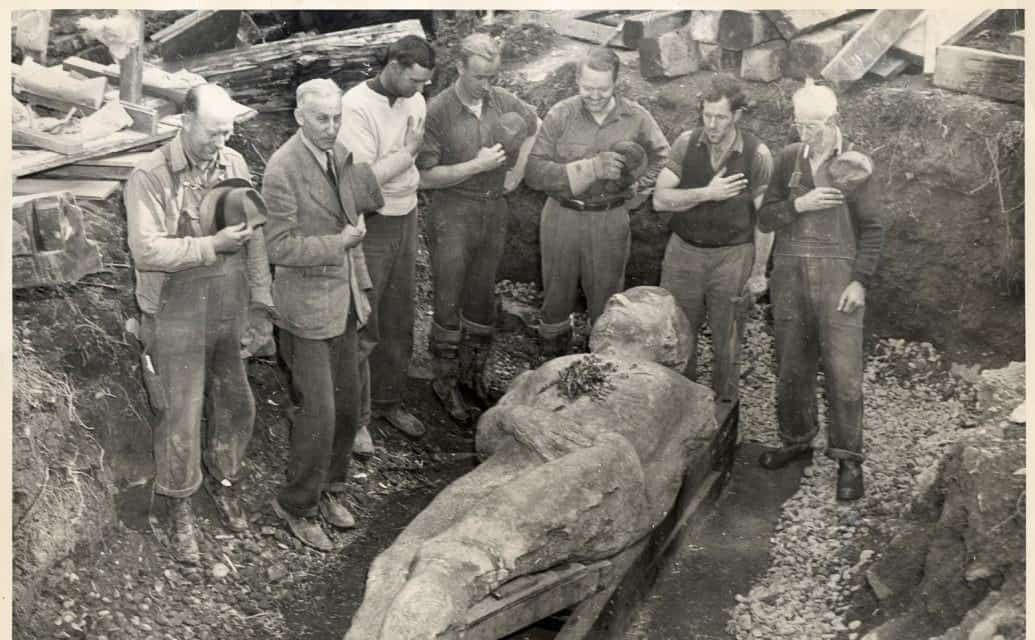The United States vs Billie Holiday paints a fascinating portrait of the famous singer’s life, especially her last twelve years. A key theme is the quest of Harry J. Anslinger, head of the Federal Bureau of Narcotics (the DEA’s predecessor) to nail Holiday on drug charges. Throughout the movie, Anslinger’s focus on Holiday is like Captain Ahab’s obsession with getting Moby Dick. How much of that is a fact, and how much fiction? Following are thirty things about fact vs fiction in The United States vs Billie Holiday and other questionable episodes in history.

30. An Amazing Singer’s Turbulent Life, and Trouble With the Law
Innovative jazz and swing singer Billie Holiday (1915 – 1959), born Eleanora Fagan and nicknamed “Lady Day”, led a turbulent life. She was raised in a brothel, and her own mother prostituted Holiday in her childhood. She was further traumatized by the death of her ailing father after he was denied medical care in a whites-only hospital because of segregation. That pain is reflected in Holiday’s rendition of Strange Fruit, a song about the lynching of blacks that she made her own, and that kicked off the budding civil rights movement.
It is perhaps unsurprising that Holiday turned to drugs to cope with the pain. The United States vs. Billie Holiday, a 2021 autobiographical release, addresses her struggle with narcotics. The main theme revolves around Federal Bureau of Narcotics Commissioner Harry J. Anslinger’s relentless pursuit of Holiday. Among other things, he pressures people in Holiday’s life to set her up for possession charges, has her trailed by his agents, and appoints one of them to go undercover to gather evidence against her. How much of that was fact, and how much fiction?

